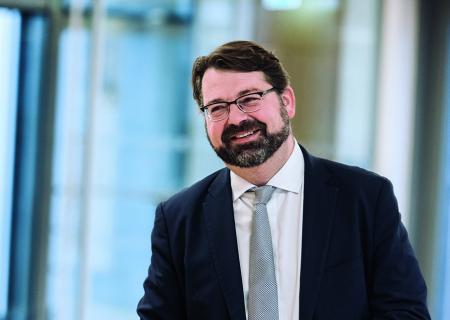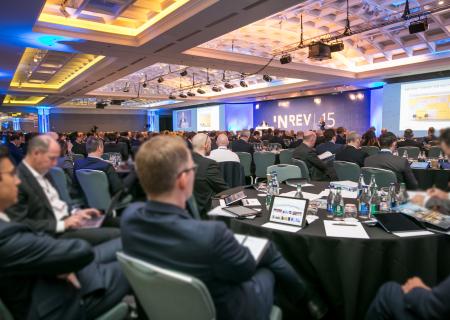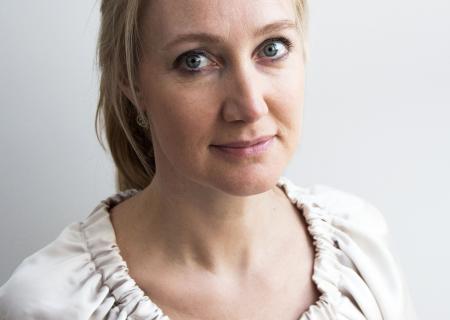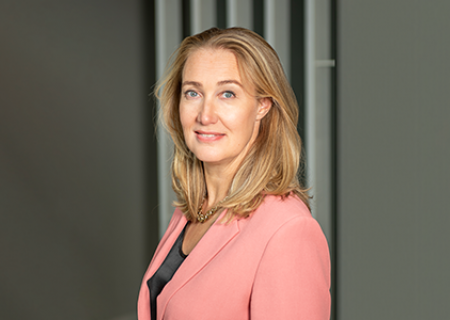INREV training course on residential
First course oriented around a particular sector of real estate
On 24th May, I had the pleasure of chairing INREV’s first course oriented around a particular sector of the real estate universe, which focused on the rise of residential, writes Rob Martin. From a day of great sessions, this phrase particularly stuck with me:
All real estate is local, and that is even more true of residential.
Marcus Cieleback of Patrizia opened the day with a high level introduction to residential, which was all the more impressive given the amount of ground he had to cover. It was Marcus who used the phrase above (though I may have paraphrased slightly). He highlighted stability of cash flow as one of the key attractions of the asset class while also pointing out that, like all real estate, there is a wide spectrum of risk profiles within what we call residential. Marcus opened a discussion on the impact of regulation, a topic that cropped up repeatedly through the day. He made the important observation that it is unpredictable regulation, not regulation per se, that challenges investors.
Paul van Stiphout of APG offered the wider investor perspective. APG use residential as a return enhancer and source of steady income, while also appreciating its role as an inflation hedge. Paul drew on US data to observe that there is limited evidence that residential is a total return diversifier. APG have moved away from allocating capital by sector and increasingly think of their portfolio in core vs tactical terms, with residential typically forming part of the core element.
Investors are increasingly thinking this way, which implies that they are likely to be thinking about diversification from a new perspective. They may be willing to tolerate capital value movements from residential that are correlated with other types of real estate, provided that the cash flows display a relatively low sensitivity to the economic cycle.
Daniel Gorzawski of Harrison Street took the discussion in a practical direction, with an introduction to the different structures investors use to access residential. The theme of a spectrum of options arose again, from relatively ‘hands-off’ fund participations to investing directly in owner-operators. Which option suits a particular investor will very much depend on their internal resources available to manage complexity, as well as their time horizon and risk tolerance. Daniel made the point that at the moment, there is little evidence that the market, in Europe at least, puts a value on operational expertise.
That operational perspective was picked up by Bella Peacock and Steven Zeeman of Greystar. They gave a candid account of the evolution of Greystar’s European business. What came across strongly was the commitment at the highest level of their business to balance the benefits of scale with an ability to flex their model to suit local needs and preferences. Bella made the point that while investment in systems and processes can often by viewed as unglamorous and expensive, it can be a true differentiator in operationally intensive real estate. Reputational risk has been a concern for some investors when considering exposure to assets with such a direct link to individuals. Bella was clear: ‘Stuff happens’. But her view, which I strongly share, is that it is acting with care and diligence throughout, especially when dealing with the inevitable problems that arise, that marks out responsible owners. I was struck by the contrast between the clear benefits that high quality management adds with Daniel’s observation that the market doesn’t seem to price it today. Surely that is set to change.
What connected the group was a recognition of the complexities of residential investment.
Ellie Jukes, my colleague at LGIM Real Assets, took on the topic of what effective risk management looks like for residential. This was one of the sessions that reminds us of the very differing levels of maturity of residential as an asset class in different European countries – well developed in the Netherlands and Sweden, relatively nascent in the UK. In that context, there are particular issues associated with the emergence of residential in those markets where it is more nascent. These include the exposure to development risk and broader issues associated with a short track record of operations and investment performance. The key message was that, while risk can never be removed, it can be identified, managed and mitigated.
The sessions concluded with a conversation with Peter Pereira Gray of the Wellcome Trust. Wellcome Trust are a relatively unusual investor in that they operate an unconstrained, long- term approach. This has seen them grow the endowment while also being a global scale medical research funder. In real estate, this has led to their focusing on a small number of businesses connected by the theme of operational intensity.
Peter was frank in sharing his own personal experiences of leading that program over a long period. One of his key observations was that the skills in managing operationally intensive real estate, and the backgrounds of the people involved, are often different to ‘conventional’ real estate. I was struck by the implication that our industry needs to increase diversity in all senses if we are to effectively meet the challenge of change in our markets.
The day saw a high level of engagement from our participants, who ranged from fund managers and investors to those focused on working with clients, and even a couple of researchers. What connected the group was a recognition of the complexities of residential investment. But there was also an enthusiasm for embracing that complexity to deliver a better outcome for those who depend on the performance of the assets we invest and manage on their behalf.
Rob Martin, CFA, is Research Director at LGIM Real Assets
Did you know?
INREV is continuously refining and developing our training programme to offer courses both on the fundamentals of our industry and on the latest innovations, new products, changing regulations and trends in the market. We like learning, too, and keep our trainers up-to-date with the latest teaching techniques.











